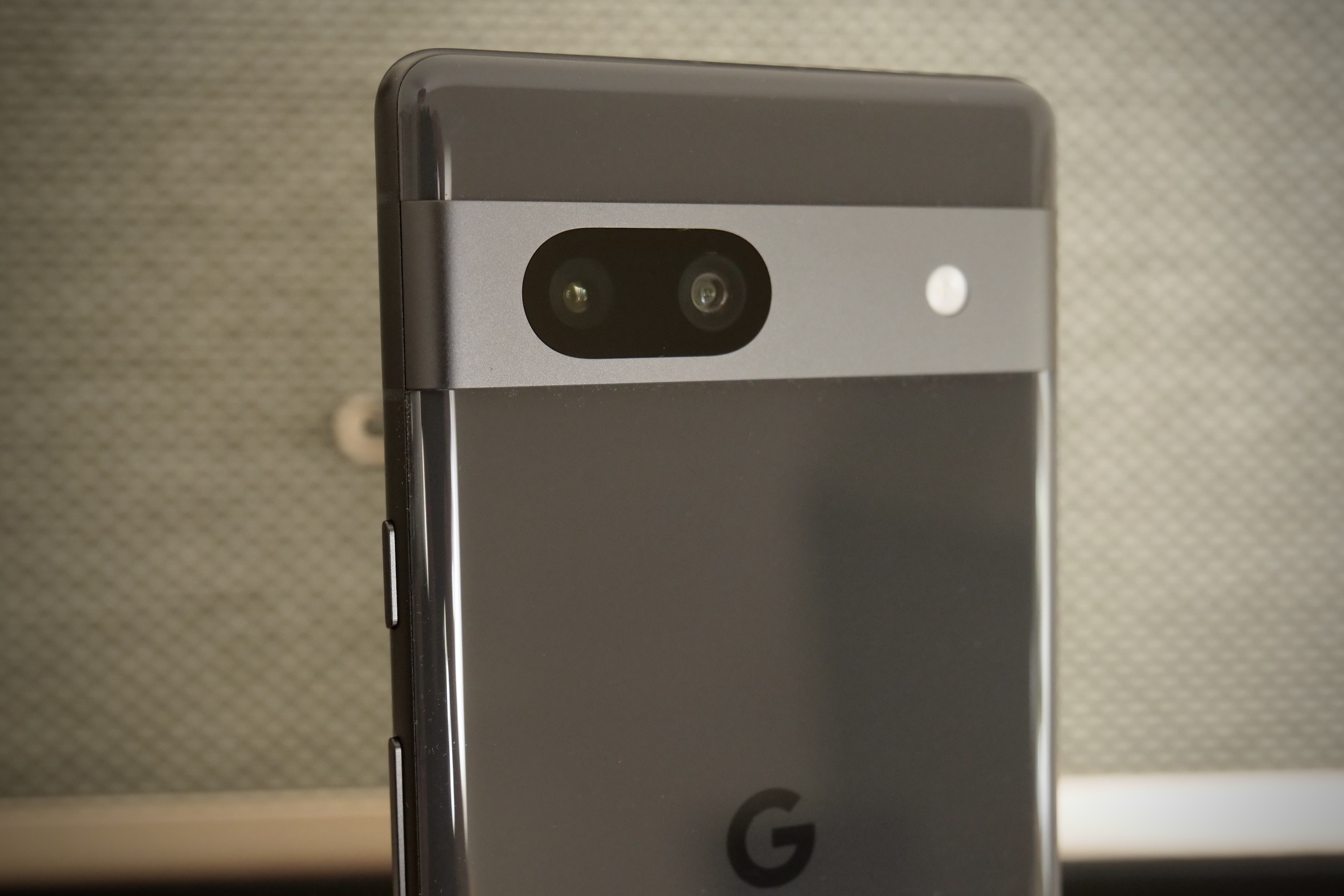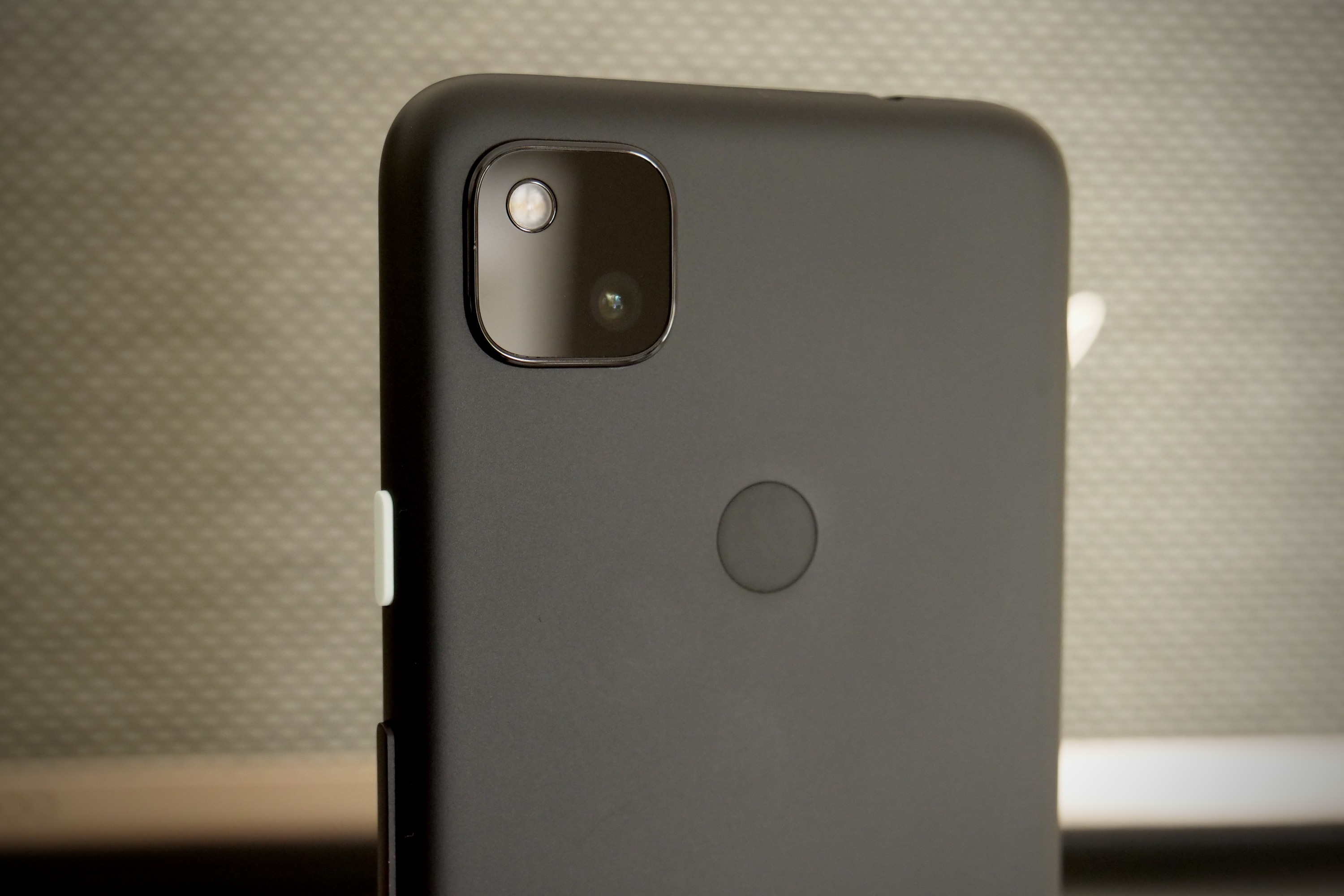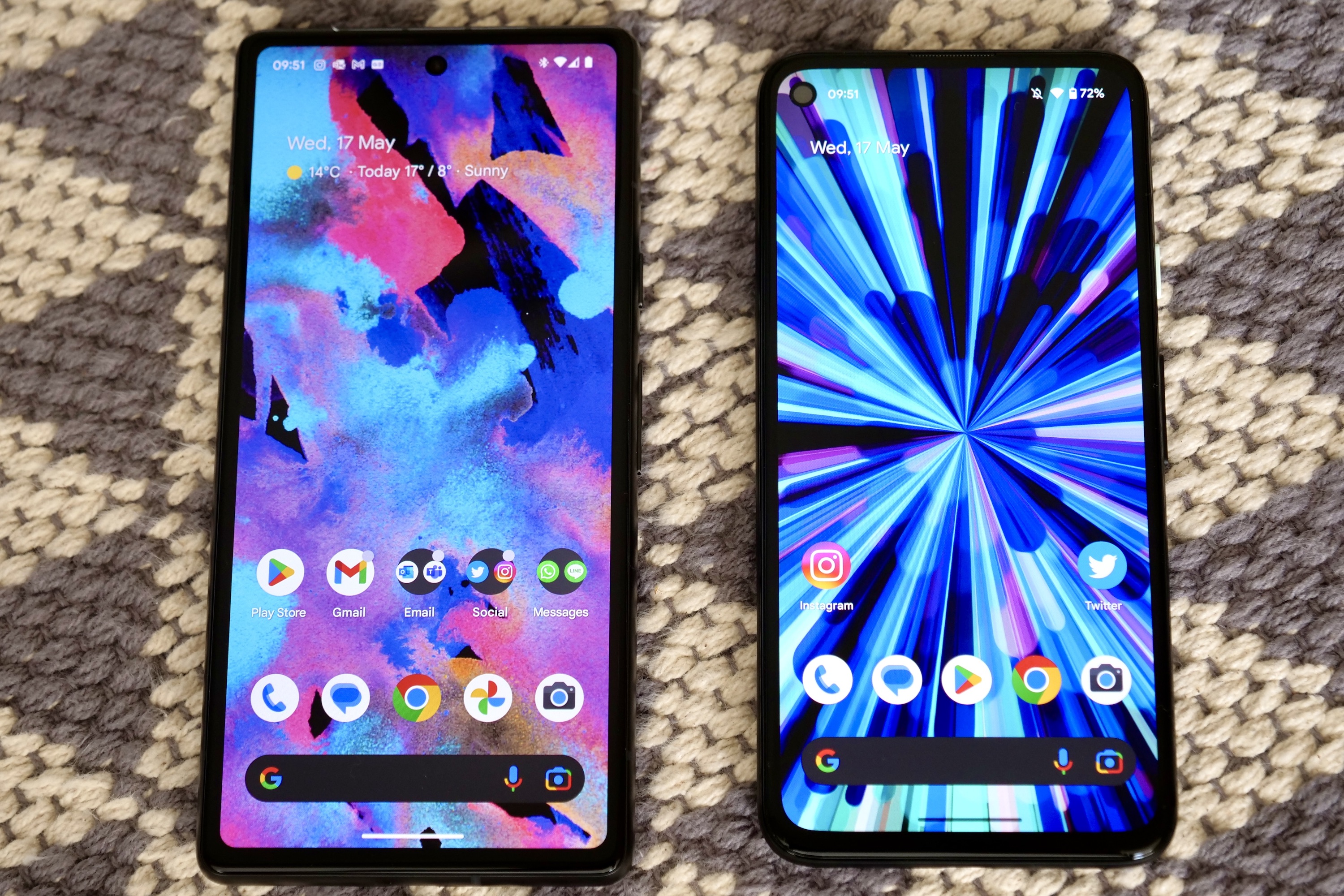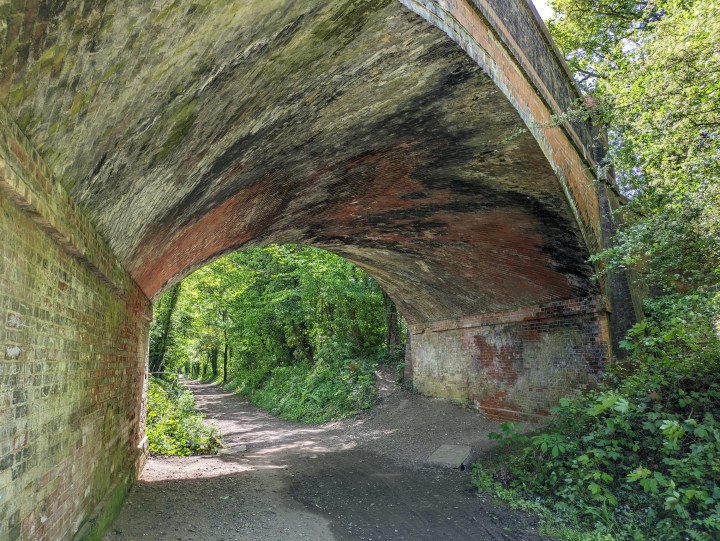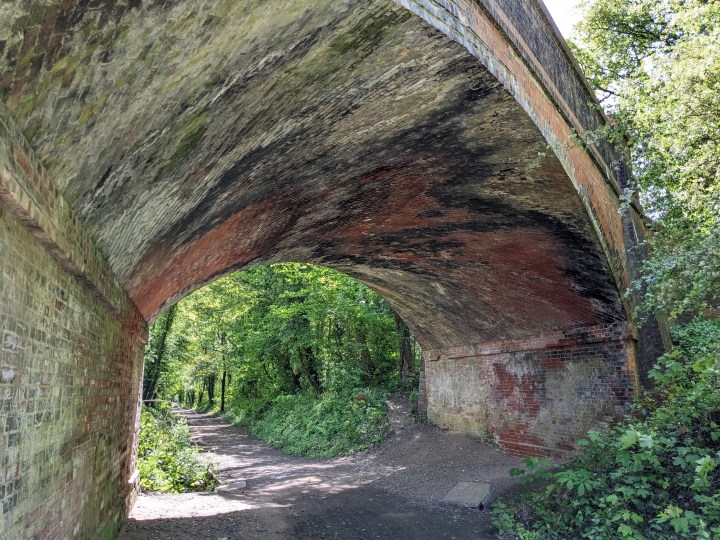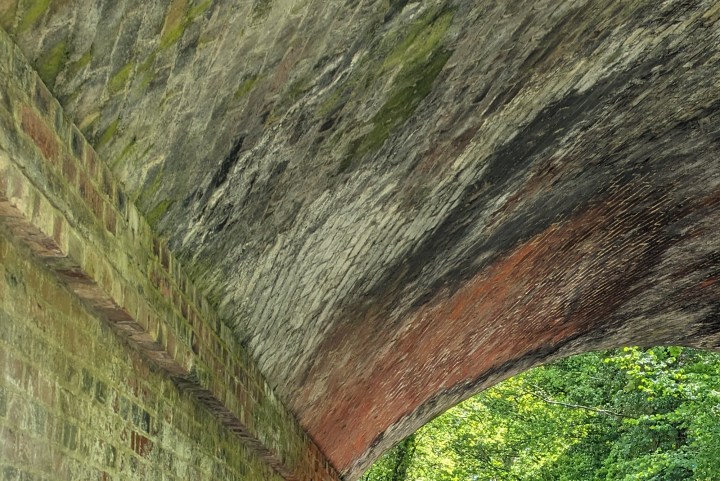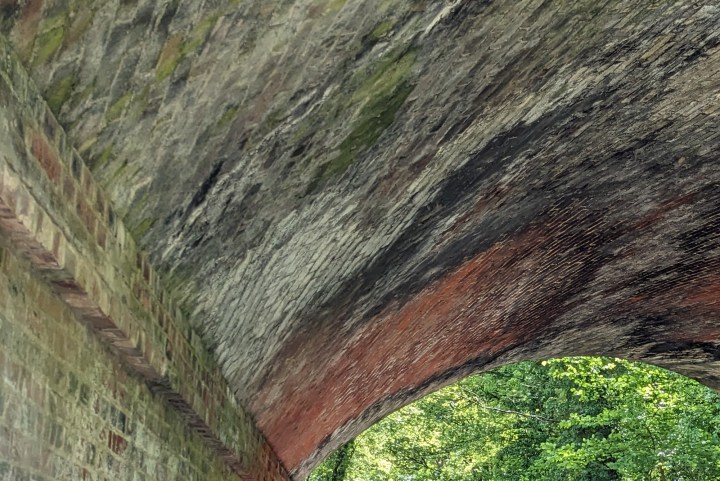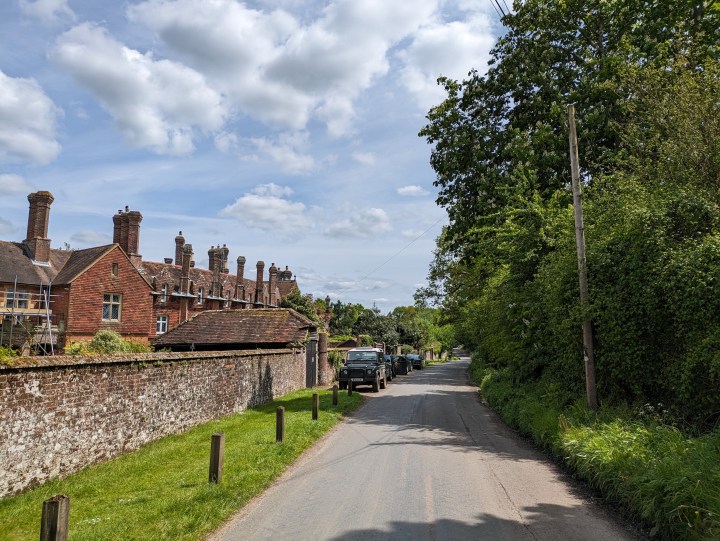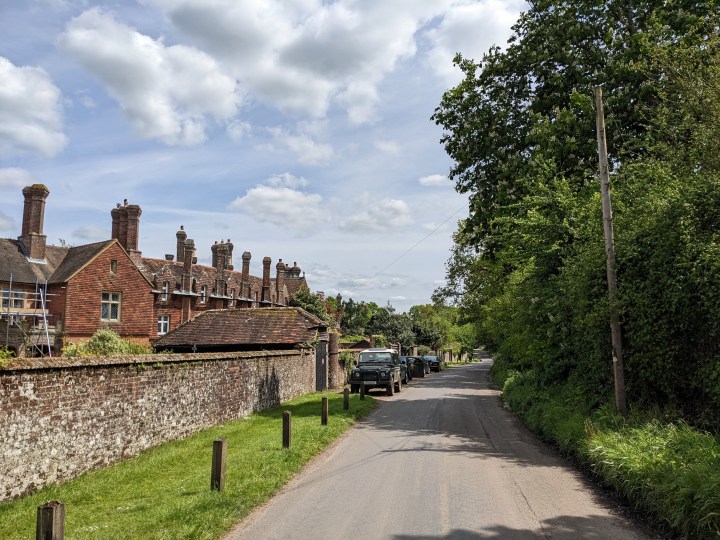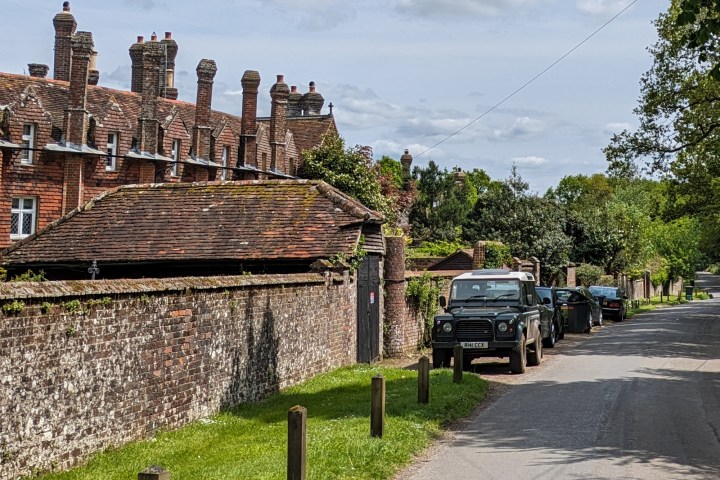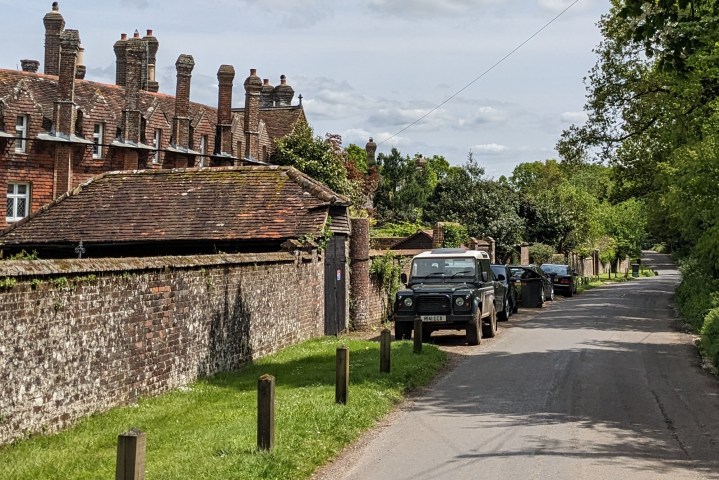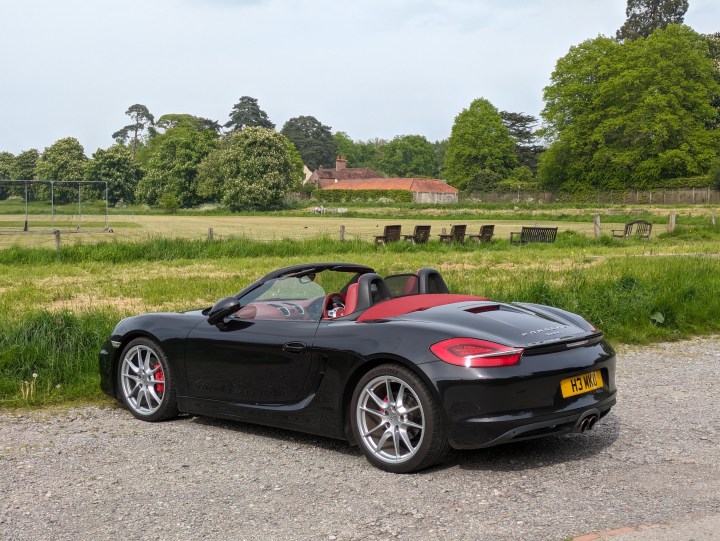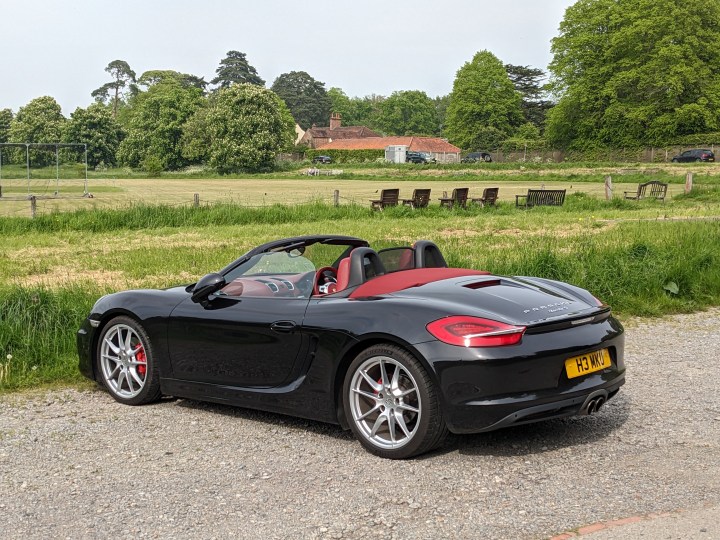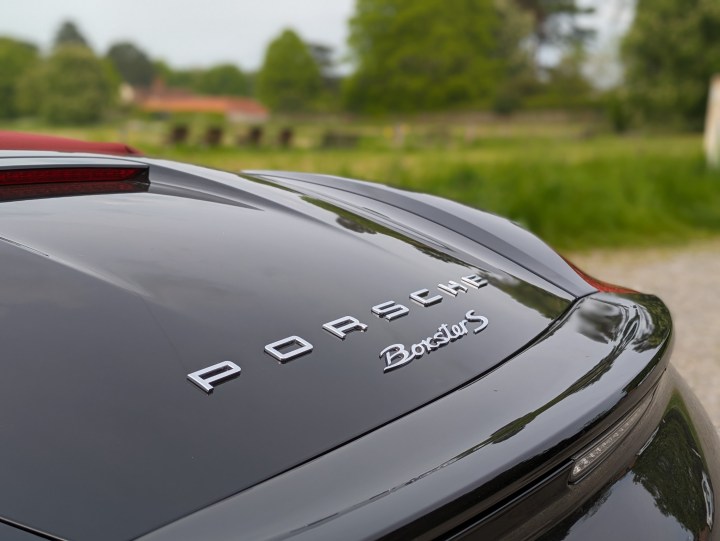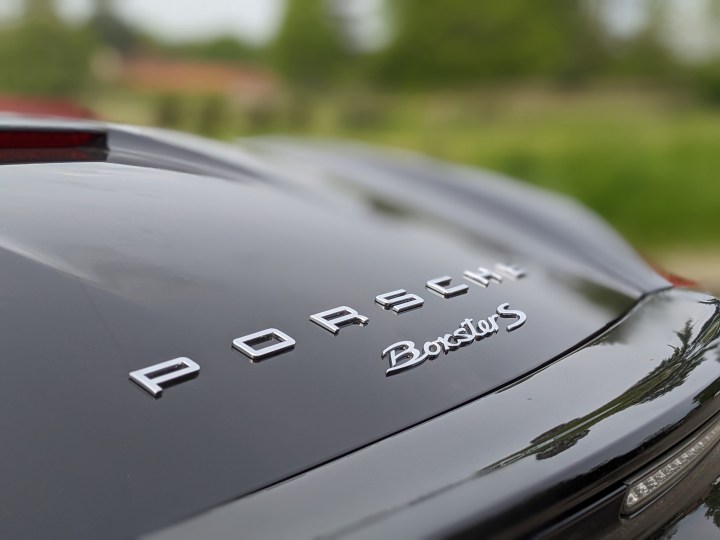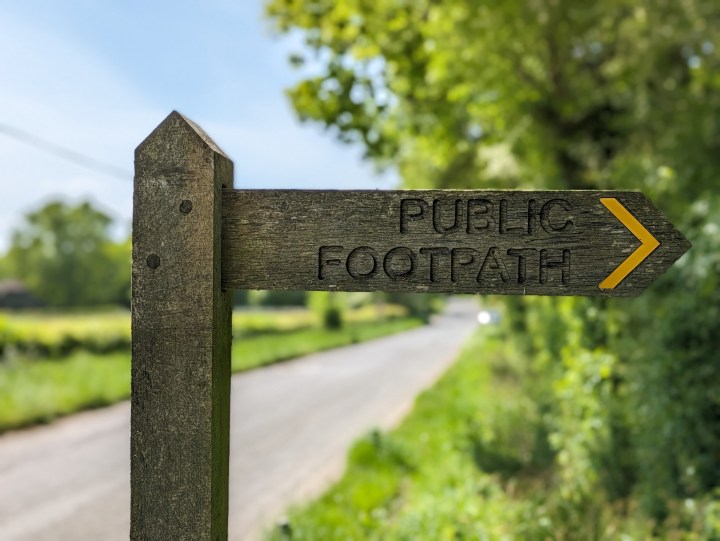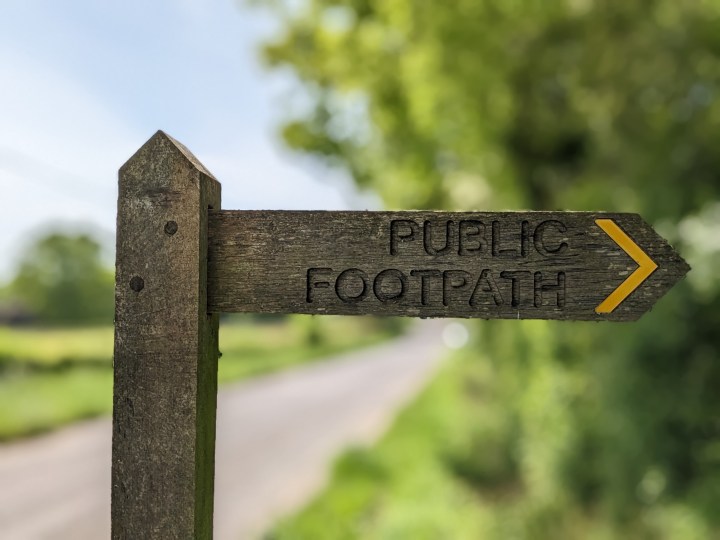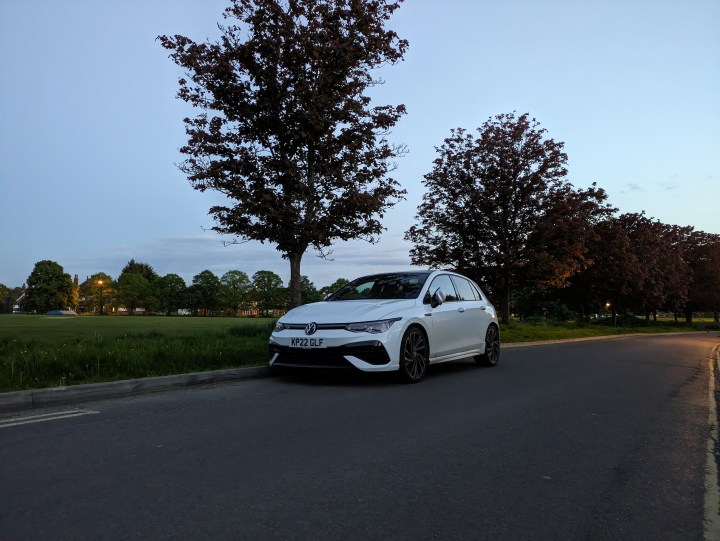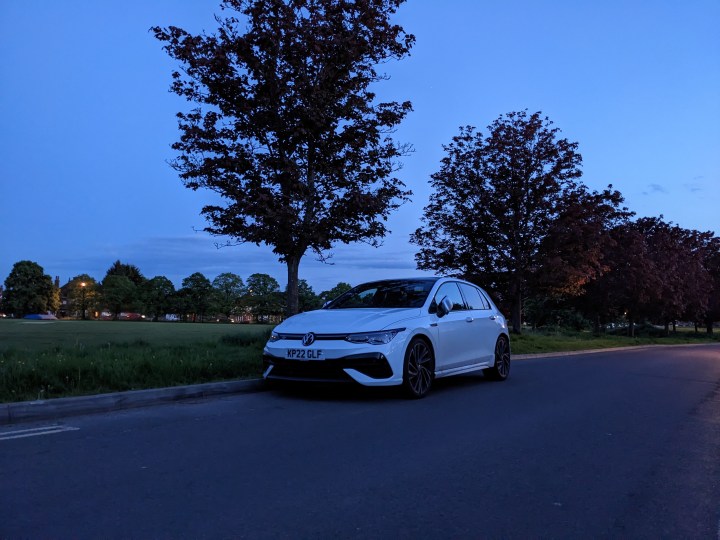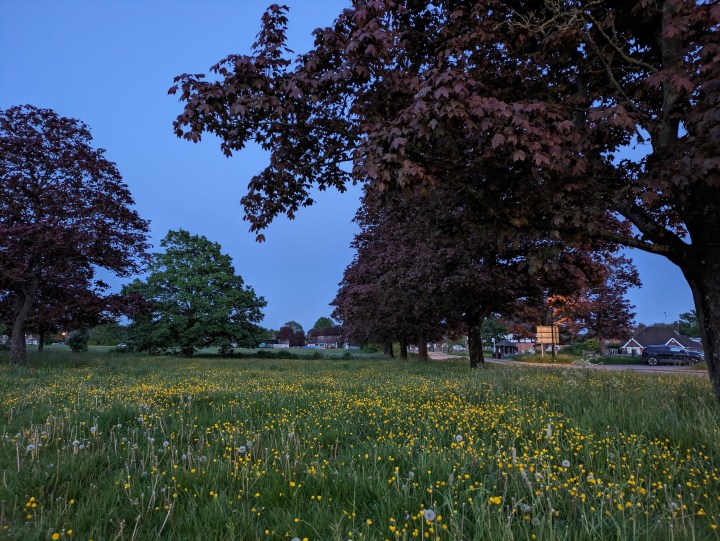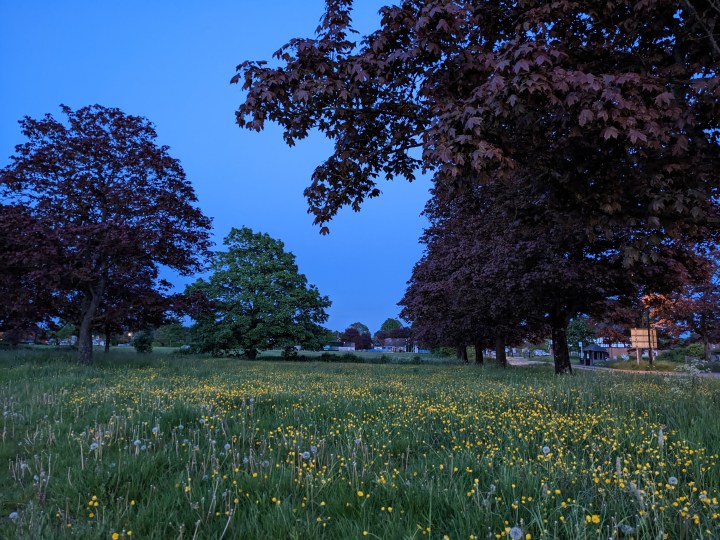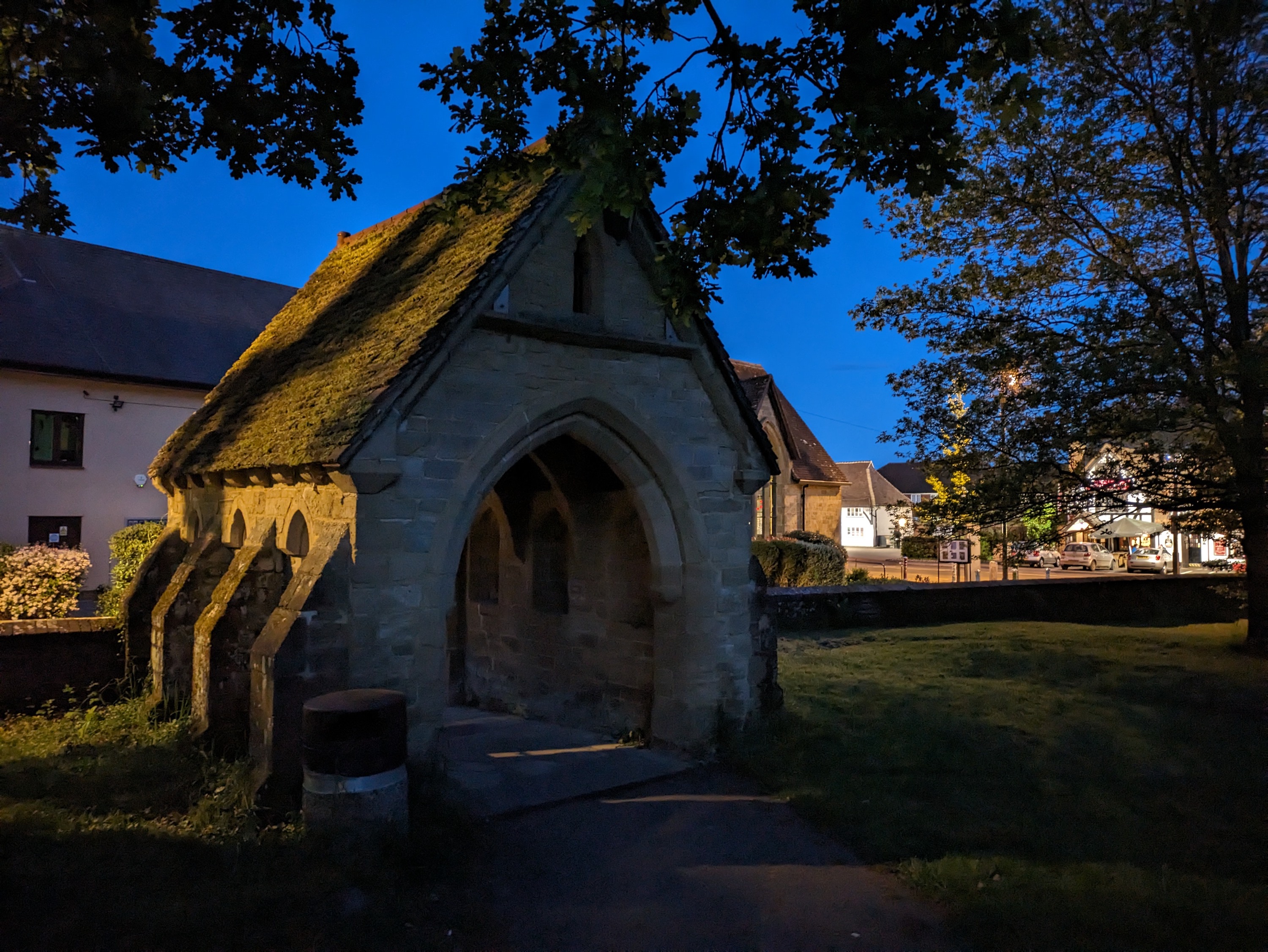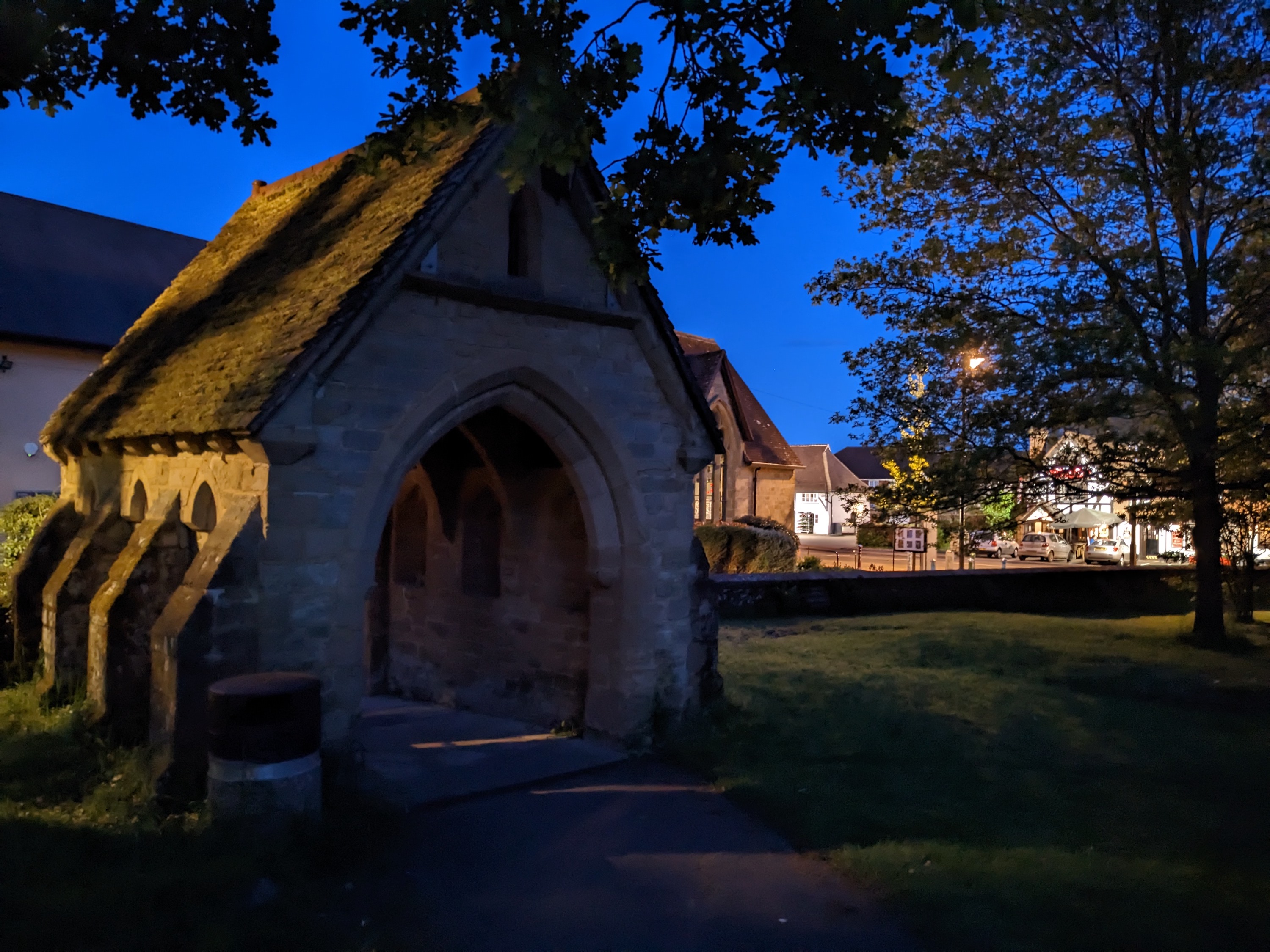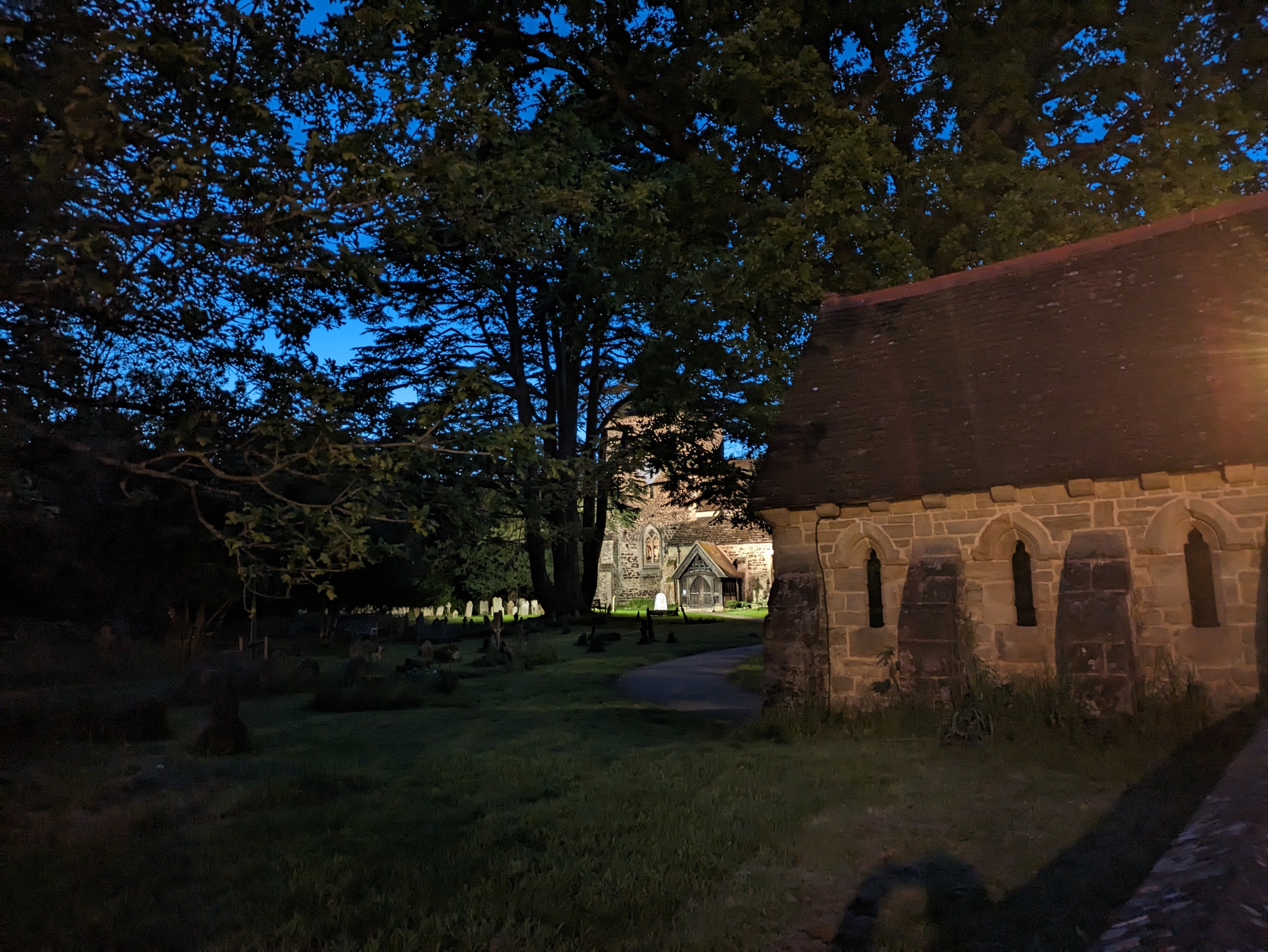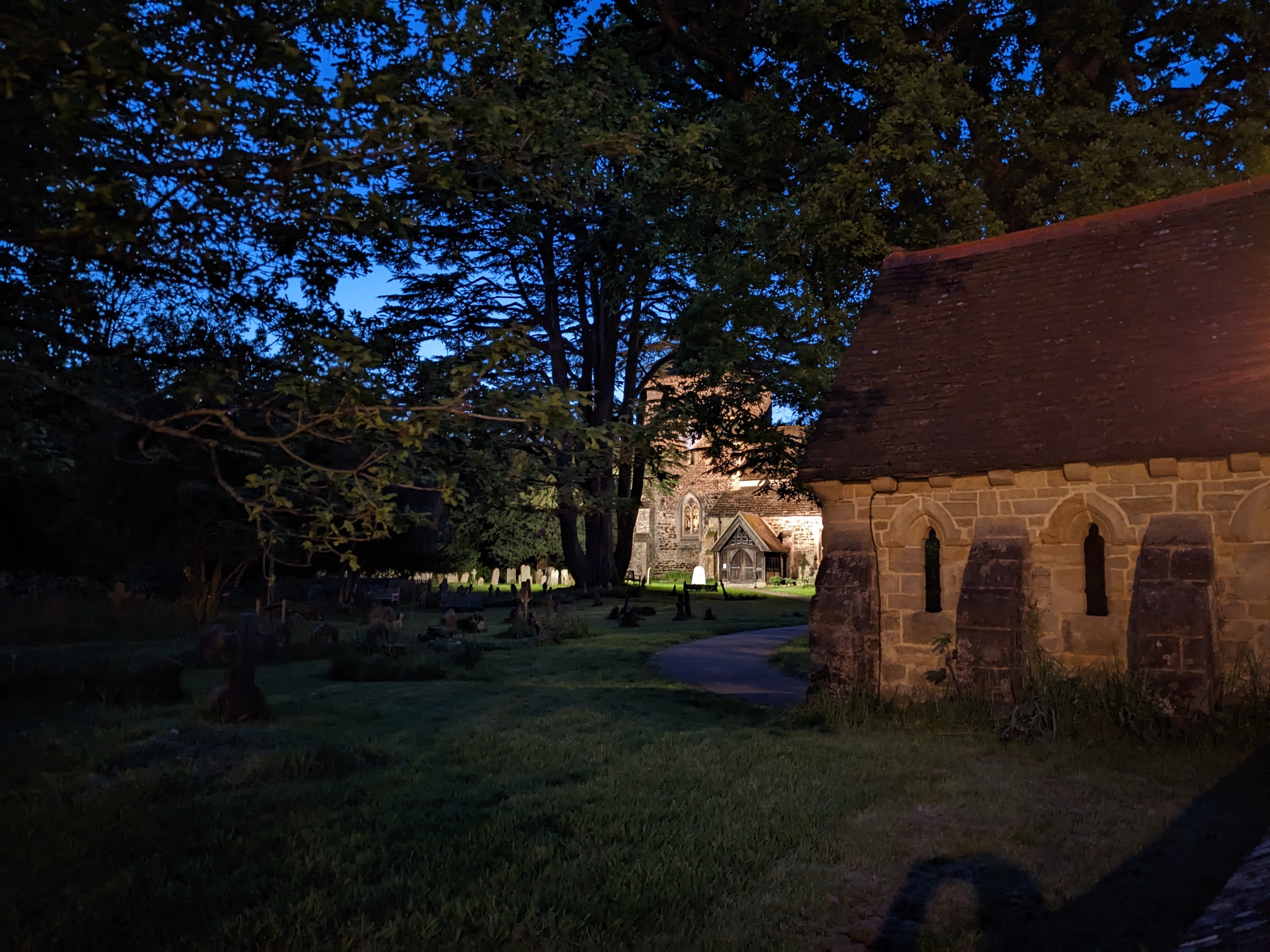Three years separate the Google Pixel 4a and the Google Pixel 7a, and the internal specs and camera hardware are very different. But just how much do you notice when putting the two against each other and taking photos?
If you have a Pixel 4a and are thinking the Pixel 7a would be a good upgrade — or are interested to see how Google has advanced its camera and related software over the past three years — this test is for you.
How the cameras differ
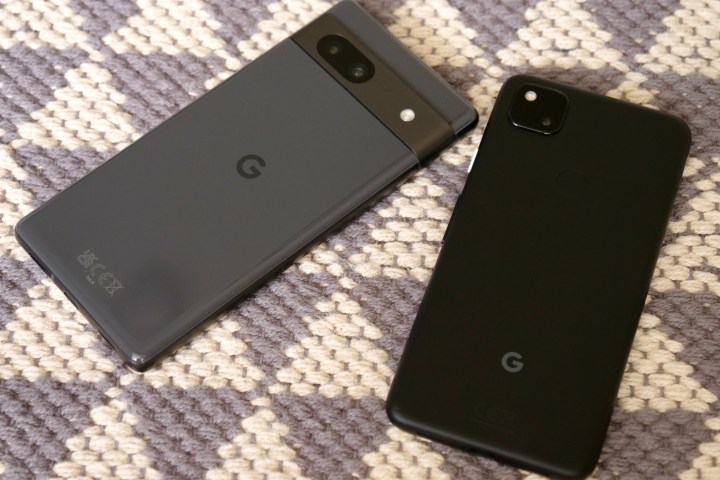
The Pixel 4a was released in 2020 and cost $350, making it one of the cheapest Android phones in the U.S. at the time. It won acclaim for not only being good value but also having a great camera. It only has a single camera on the back, a rarity on any phone in 2023, and it was Google’s trusty 12.2-megapixel, f/1.7 aperture sensor with optical image stabilization (OIS) and not much else. On the front is an 8MP selfie camera.
It’s not a particularly tempting setup today, and the modest Qualcomm Snapdragon 730G processor and 6GB of RAM further give away its mid-range status. That said, using the phone in 2023 reveals it to be perfectly fine for most tasks, especially as it has been updated to Android 13, so it runs the same software as the other phone in our test.
Google’s latest mid-range phone is the Pixel 7a, and it’s bigger, heavier, higher spec, and more expensive than the Pixel 4a. It’s yours for $500 and has a 64MP main camera with OIS and an f/1.9 aperture on the back, plus a 13MP wide-angle camera too. The selfie camera is 13MP. Google’s own Tensor G2 processor with 8GB of RAM replaces the Qualcomm chip and brings it into line with the Pixel 7 and Pixel 7 Pro.
The main cameras are close
This isn’t a straight comparison like our recent Pixel 7a vs. Pixel 7 camera test, as it wouldn’t be fair due to the Pixel 4a not having a wide-angle camera. Instead, we’re going to look at photos taken with the main cameras, the selfie cameras, portrait mode, and Night Sight — to see if Google’s computational photography has altered camera performance a lot over the past few years.
- 1. Google Pixel 7a
- 2. Google Pixel 4a
If you’re expecting dramatic differences on the surface, then you’re going to be disappointed. Despite being three years old, the Pixel 4a’s main camera still takes really good photos. It’s when you look closely at the two side-by-side differences that appear, and they aren’t all to do with the Pixel 7a’s larger default image size. The 7a saves photos at 4624 x 3472 pixels, while the 4a saves at 4032 x 3024.
Our first photo (above) was taken in quite difficult lighting, with a bright sunny day combined with the darkness of the bridge’s roof, and that’s where you see Google’s software and the Pixel 7a’s larger sensor at work.
- 1. Google Pixel 7a crop
- 2. Google Pixel 4a crop
I cropped the image down to a specific section to make seeing the difference easier. The Pixel 7a’s photo isn’t as noisy, has more detail, and has a more natural texture and tone. At a glance, nothing obvious jumps out at you from the full image, but examine it closely, and the improvements are clear.
More Pixel camera software advancements
- 1. Google Pixel 7a
- 2. Google Pixel 4a
What about a more general scene? What’s interesting in the next photo is the difference in the road surface, as the Pixel 7a reveals more color and reduces noise when you look at the details. It enhances the greens more than the Pixel 4a too, and noise has been almost eliminated from the sky and clouds. It’s marginally sharper too.
- 1. Google Pixel 7a crop
- 2. Google Pixel 4a crop
However, unlike the photo under the bridge, the differences are harder to spot — even when the photo is cropped down. The front of the Land Rover Defender is sharper, the contrast is better in the Pixel 7a’s photo, and there’s more detail on the black wooden gate next to it too. You can also see the difference in the sky’s color and the reduction in noise, but none are really a dealbreaker. Most people will be happy with the Pixel 4a’s photo until examining it critically in close-up.
- 1. Google Pixel 7a
- 2. Google Pixel 4a
Neither camera has an optical zoom or dedicated telephoto camera, but both have a 2x zoom shortcut in the camera app. This is where the improvements in the Pixel 7a’s camera and software become more obvious, as the zoomed photo is sharper and clearer, and there’s less evidence of digital cropping. The writing on the tires is sharper, and there’s less pixelization in the entire image. The Pixel 4a’s photo is obviously a digitally zoomed-in photo, but it’s harder to tell with the Pixel 7a’s photo.
- 1. Google Pixel 7a
- 2. Google Pixel 4a
Google’s software advancements over the years have also helped improve the portrait mode. For the back of the car, I tapped on the “O” in the script and let the camera work out the rest. It’s pretty clear the Pixel 7a did a better job of understanding what should be in focus, while the Pixel 4a’s confusion ruins the photo as it’s obviously an artificial blur. The Pixel 7a could pass for a natural bokeh at a glance.
- 1. Google Pixel 7a
- 2. Google Pixel 4a
In the second photo, the Pixel 4a’s more aggressive blur also makes the photo look artificial, and the less accurate edge recognition is more obvious because of it. The Pixel 7a doesn’t get it exactly right, but it’s not so noticeable because the blur isn’t as strong. The Pixel 7a’s modern sensor, software, and processor combination doesn’t make a huge difference to regular photos, but challenge it with difficult lighting, a zoomed-in shot, or a portrait shot, and the results are better than the Pixel 4a’s attempts.
Adding speed to Night Sight
Seeing how the Pixel 7a’s camera has improved in photos where the software and processor must intervene more, it indicates it will also beat the Pixel 4a using Night Sight mode. The speed is the most immediate difference when using this mode, with the Pixel 7a taking at most three seconds to shoot an image in darkness, while the Pixel 4a needs longer than this to capture and process a photo even in just lowlight. The Pixel 7a is a much faster phone in the dark.
- 1. Google Pixel 7a
- 2. Google Pixel 4a
In low light, the Pixel 7a takes vastly superior photos, as the image of the VW Golf R shows. The white balance is superb, there’s lots of detail in the road surface, the sky is close to what it looked like in real life, and there’s almost no noise or blur. The Pixel 4a’s photo is completely different, highlighting how lowlight photography on smartphones has advanced these last few years.
- 1. Google Pixel 7a
- 2. Google Pixel 4a
The Pixel 7a beats the Pixel 4a for color accuracy and detail every time in low light, especially where there’s still some ambient lighting and not complete darkness. The photo of the trees and buttercups was taken after sunset, and the scene captured by the Pixel 7a is highly accurate, while the Pixel 4a’s photo is dull and lifeless in comparison. However, they both struggle when it gets very dark.
The final two photos were taken after it was dark and with artificial light illuminating the scene. Both cameras introduce noise and blur and reduce detail, but in different scenarios. Where the Pixel 7a gets it right, the Pixel 4a doesn’t do so well, and vice versa. It shows phone cameras still aren’t always great with almost no light.
Finally, there’s no contest between the selfie cameras, with the Pixel 7a’s front camera photos containing a lot more detail, better skin tones, and sharper focus. The Portrait effect isn’t very accurate from either phone.
Things have moved on in three years
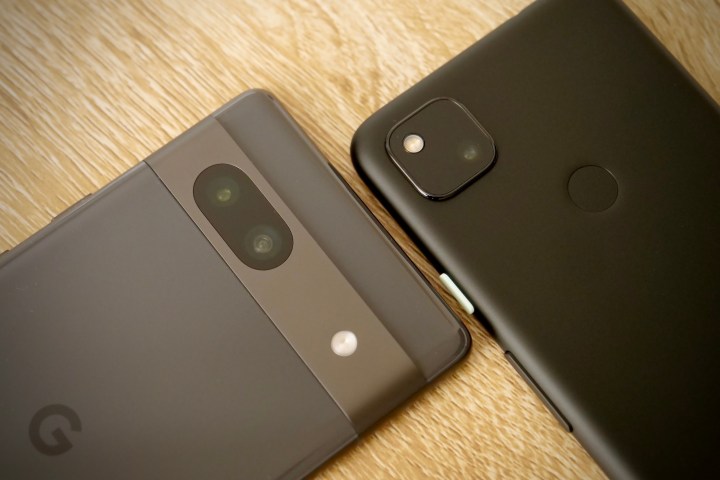
The Pixel 7a is a worthy upgrade over the Pixel 4a, just as you’d expect given the amount of time that has passed between the release, and the camera’s performance helps illustrate where Google’s software has improved. Less noise, more detail, brighter colors, and improved lowlight performance are all obvious when you examine the photos, but if you only ever use the main camera in good lighting, you may not regularly notice all the changes.
When we tested the Pixel 7a against the Pixel 7, the differences in photo quality were a lot less noticeable — and the same was true in our Pixel 7a vs. Pixel 6a camera test, too. But go back three years in Google’s product range, and you can really see where advancements have been made.
